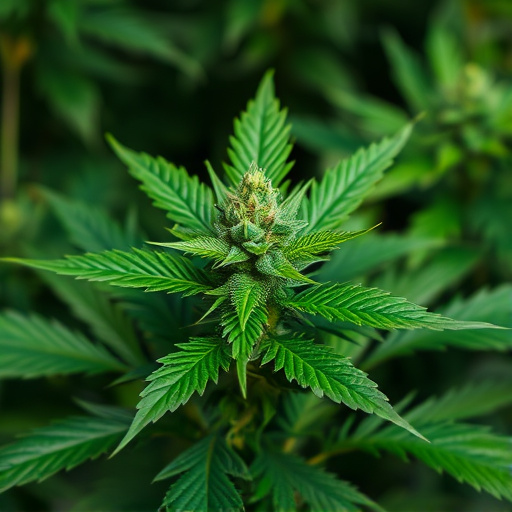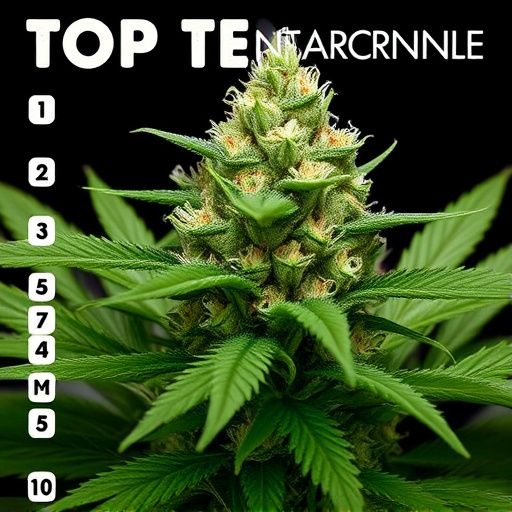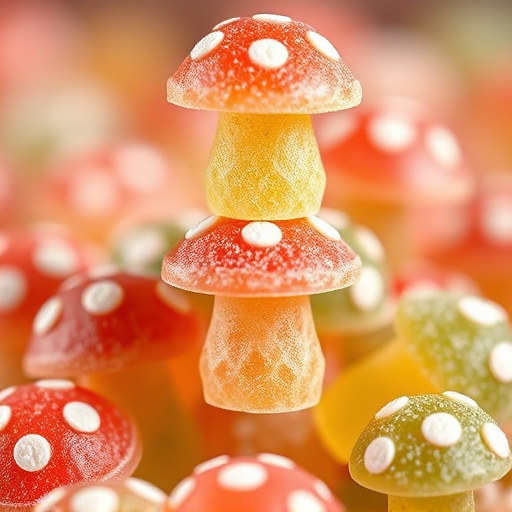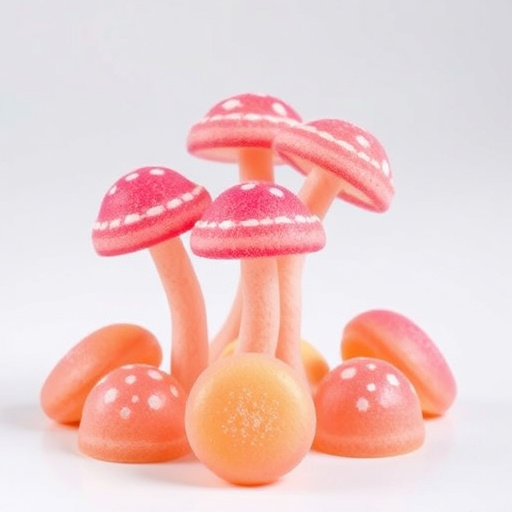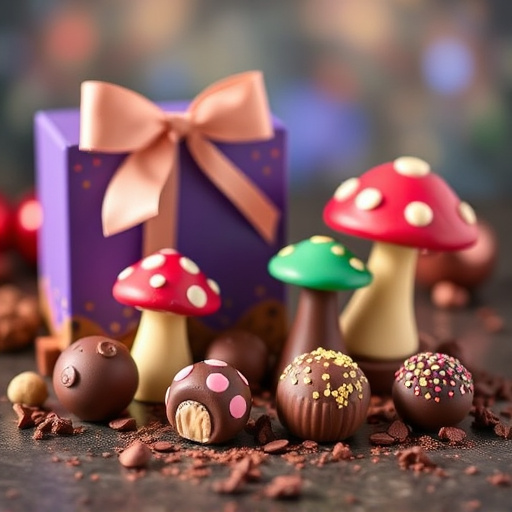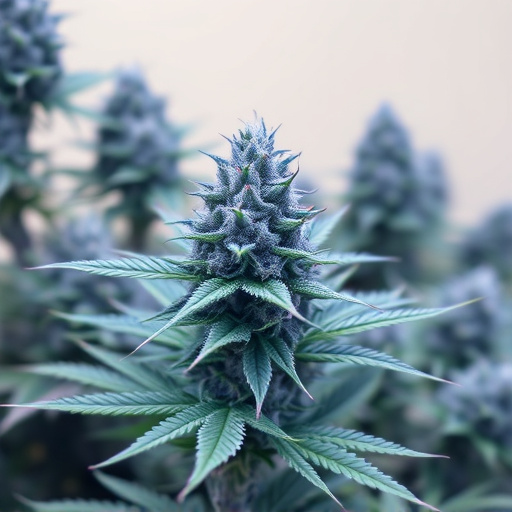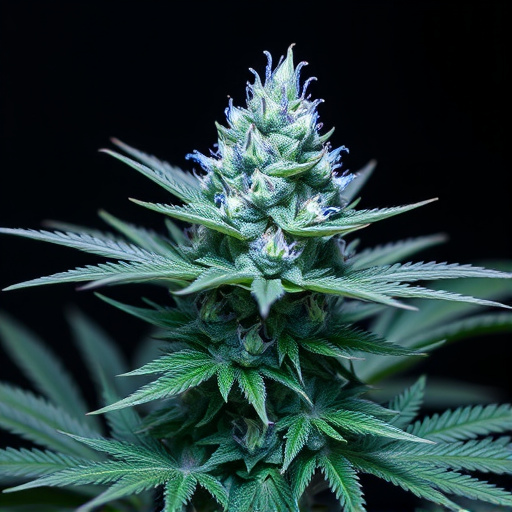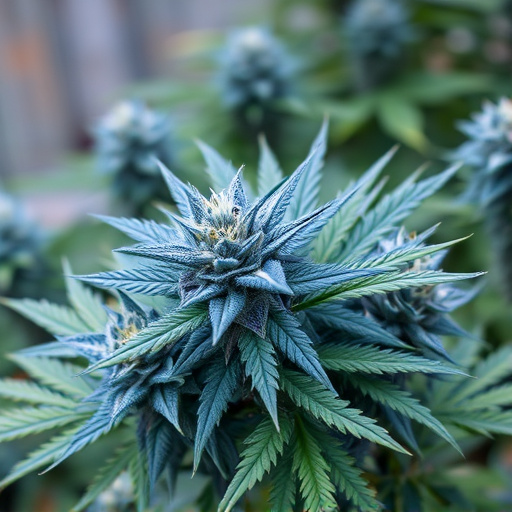Visual indicators like mold growth (black, green, or white patches), changes in texture, and unusual smells signal expired or moldy blue cannabis strains. Faded colors, weaker scents, bitterness, distorted leaves, and sticky residues indicate decay. Proper humidity and air-tight storage are essential to preserve the quality of these potent strains.
“Uncover the subtle yet significant signs of moldy or expired weed with this comprehensive guide. From visual indicators like discolored nugs and odd textures to aromatic clues that might reveal a skunkiness beyond normal, this article is your Blue Cannabis Strain companion for quality control. Learn how to identify mold growth, detect changes in potency, and understand the potential health risks associated with consuming compromised cannabis.”
- Visual Indicators: What to Look For
- – Discoloration and spots on the nugs
- – Wrinkled or distorted appearance
Visual Indicators: What to Look For
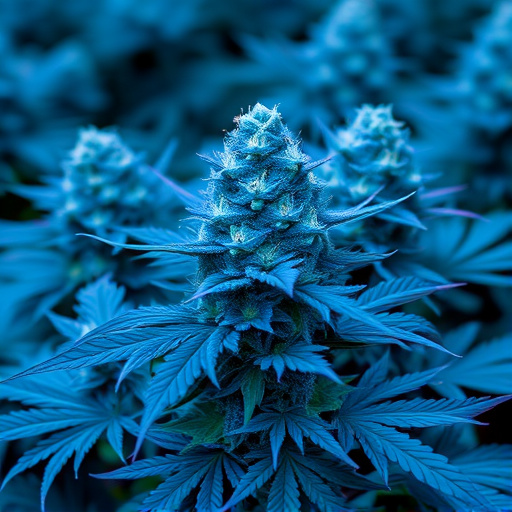
When it comes to identifying moldy or expired weed, visual indicators are your first line of defense. Look for any signs of visible mold growth—this can appear as black, green, or white patches on the buds and leaves. Moldy cannabis often has a musty or earthy smell that’s distinct from the natural aroma of quality blue cannabis strains. The texture may also change, with buds becoming soft, squishy, or brittle.
Expired weed will start to lose its vibrant colors and may appear duller or faded. The scent will be weaker, and the taste may become unpleasant or bitter. Keep an eye out for any signs of degradation, such as crumbling or disintegrating flowers. Proper storage is key; if your blue cannabis strains are stored in a humid environment or left exposed to air for too long, they’re more likely to deteriorate quickly.
– Discoloration and spots on the nugs
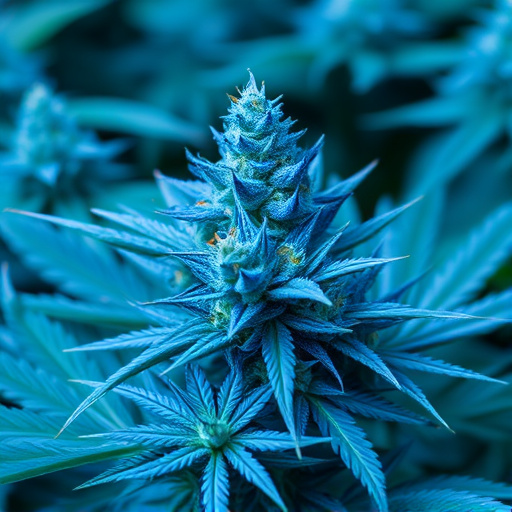
Expired or moldy cannabis can be easily identified by its visual cues, especially discoloration and spots on the nugs. In blue cannabis strains, which are known for their vibrant hue, any deviation from this distinct color is a red flag. If you notice that the buds have taken on a duller, more grayish or yellow-tinged appearance, it could indicate that the weed has seen better days.
These discolored nugs often develop spots—from tiny pinpoint-sized dots to larger, uneven patches—which can be an early sign of mold growth. This is particularly concerning as molds and mildews thrive in damp environments, which are perfect for preserving cannabis over extended periods.
– Wrinkled or distorted appearance
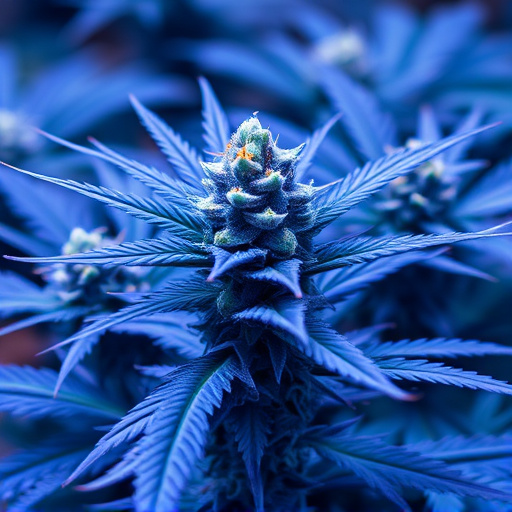
If you’re a fan of blue cannabis strains, or any strain for that matter, one of the most noticeable signs of moldy or expired weed is its physical appearance. Moldy cannabis often exhibits a wrinkled and distorted look, with leaves that may seem shriveled and crispy. This is due to the presence of fungi or bacteria that can quickly ruin the plant material if not properly stored.
The distortion goes beyond just the shape of the leaves; it can also affect the overall structure of the bud. In some cases, you might notice a sticky or discolored residue on the surface of the flowers, which is another visual cue that something isn’t right. Blue cannabis strains, known for their unique color and potent effects, are especially susceptible to mold growth if not kept in optimal conditions.
When it comes to purchasing blue cannabis strains, being able to identify signs of moldy or expired product is paramount. By understanding visual indicators such as discoloration, spots, and distorted nugs, consumers can make informed decisions and ensure they’re getting top-quality buds. Remember, the health and safety of your consumption experience depend on recognizing these telltale signs, keeping your cannabis fresh, and choosing reputable sources.
